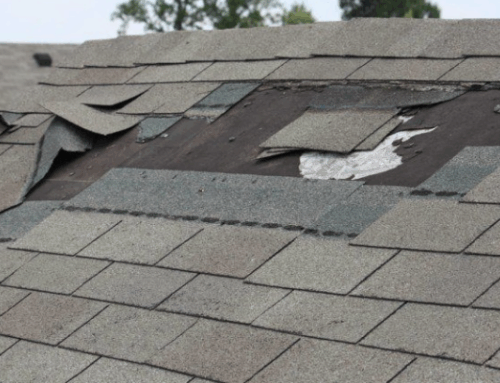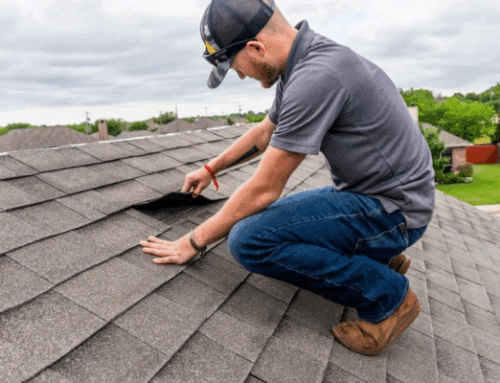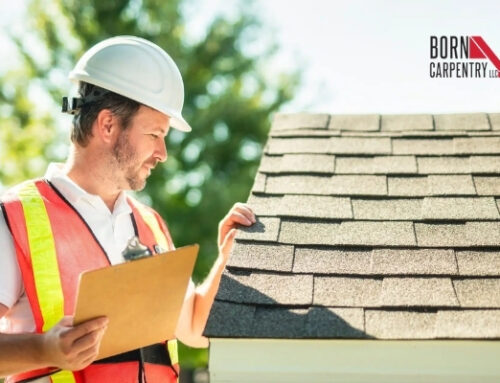Inspections done on rooftops will assist in identifying small problems before they can develop into very expensive repairs. With the help of a complete checklist, the homeowner may make the roof safer, avoid damaging leaks, and increase the life expectancy of the roof.
This checklist provides an outline of what every homeowner must consider in a professional and result-oriented roof inspection checklist.
Time to Inspect
It is always important to regularly inspect your roof in order to save you the cost of repairing a damaged roof and extend the durability of your roof. To take care of their roofing systems, homeowners are advised to schedule an inspection at critical moments of the year when maximum pressure is exerted on their roofs by seasonal changes and weather patterns.
These are the keys to consider at the time when it may be advised that a roof inspection should be carried out:
- Post-Winter (Early Spring): Look at the damage from the storm, ice buildup, and freeze-thaw.
- Pre-Summer Storm Season: Pre-installation, re-installation, or repairing shingles, as well as flashings and gutters prior to being hit by downpour, hail, and Winds.
- Major Storms: Look out to see whether missing shingles exist as a result of the winds, and find hail indentations, obstacles, and scratches.
- Before Fall: Make sure that the roof is set to receive falling leaves, low temperatures, and winter.
- Selling or Buying a Home: A professional inspection shows what is wrong at the moment and prevents surprises in the process of buying or selling real estate.
Adherence to this schedule will assist homeowners in any climate, most notably poor ones, to be ahead of damage and preserve their investment.
What Every Homeowner Should Include in a Roof Inspection Checklist
1. Safety First
In all circumstances, safety has to be the first priority before commencing any form of roof inspection. Wear non-skid shoes and avoid the use of slick surfaces by putting in place a sturdy, well-positioned ladder. When in need, use fall protection equipment.
Climbing the roof during wet, windy, and excessively hot weather should be avoided because these weather conditions bring about major accidents. In case you are doubtful or not comfortable with it, you can employ a specialist to do the work safely and successfully. It is worth every extra precaution to make you safe.
2. Ground-Level Exterior Check
Begin a check of your roof at the ground level. It is essential to identify the presence of missing, cracked, or curled shingles and excess granule loss that could be a sign of age or abuse. Check gutters and downspouts to see whether or not they have rust on them, are sagging, or are clogged.
Check the fascia, soffits, and eaves to see whether there is any form of rot, insect infestation, or mechanical damage. They may be present as moss or algae, which may indicate that there was trapped moisture, an early precursor of roof problems. It is usually what is observed on the ground, and this can expose someone to significant issues before climbing a ladder.
3. Roof Surface Inspection
After getting to the roof, thoroughly inspect the shingles, check whether there are blisters or curled shingles or fragments, and exposed nails. Check the chimneys, vents, and skylights to see whether there is any evidence of rust or whether there are cracks or wear of the caulk sealant.
Check the entire roof penetrations and ensure the presence of pipe boots and attic vents are vacuum sealed. On low-angled valleys or flat areas, look out to see if there is any accumulation of debris, water ponding, blistering, and cracks, as each of these can cause serious leaks unless they are cleaned up immediately.
4. Interior Review
Look through the attic and the ceiling and make sure there is no water stain or mold, or if the insulation is wet, then there is an active leak. Look at the roofing decking to check for sagging or structural load, and indicate light to ascertain whether light is penetrating the roof boards.
Make sure that air can circulate by making sure the soffit, ridge, and gable vents are clear. Look out to determine whether the pests are active or not, such as through droppings or the like. Inspections on the interior are equally important as those of the exterior in discovering other roofing issues.
5. Chimney and Skylight Inspection
Most of the leakages occur in chimneys and skylights; therefore, check them well. Inspect chimneys to be sure that there are no broken bricks, crumbling mortar, or leaning chimneys. There should be no cracks, fogging, or leakage on skylights.
Check flashing and caps around these verticals, bad seals or rusted metal may allow water to creep inside, an early repair saves the roof and the interior areas a lot of moisture damage.
6. Drainage and Gutter System
An effective gutter system is significant to the life span of your roof. Make sure that there are no clogs due to leaves, twigs, or ice dams. Gutters should be straightened up, and make sure they are not loose or hanging on the fascia.
Check the downspouts by making sure that they are draining water several feet away to avoid erosion and ingress of water into the house foundations. Good drainage also keeps your roof and the structural quality of your house safe.
7. Ventilation and Insulation
Clear all roof vents so that it is free to allow the free flow of air through the attic. Good ventilation balances temperature and moisture, which prevents the development of molds and ice dams.
Look at the insulation to ascertain its dryness, evenness, and freedom from compression or mold. Ventilation partners with sound insulation to enhance the energy performance in your roof and increase the life of your roof since roofing materials undergo less pressure depending on the season.
Conclusion
Inspection of the roof is a common requirement that helps to maximize the safety of your house, prevent costly repair works, and extend the life of your house material as well as performance. A good checklist provides a homeowner with the power to notice the red flags in time, although some issues demand the services of specialists.
Do not let it get too late. Contact Born Carpentry now and have a full certified roof check-up and advice you can trust.






